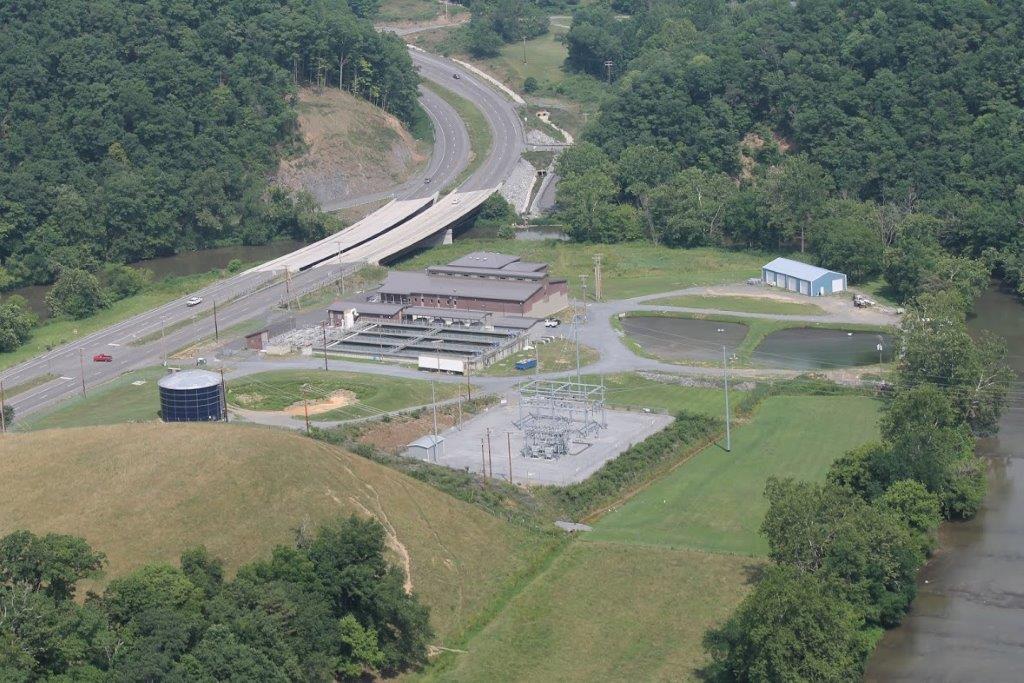Following the discovery of high lead levels in the water supply of Flint, Michigan, citizens across the nation are raising questions about the purity of water being delivered to their own faucets.
At WCSA, water quality is a daily focus. Our operations team works very hard to source, filter and deliver safe drinking water to more than 21,000 customers in our region. As awareness of this important issue grows, we want to answer questions, share essential information, and provide steps our customers can take to reduce concerns regarding lead exposure.
Lead is a naturally occurring mineral that is found throughout our environment. It is produced and distributed through the burning of fossil fuels, mining and manufacturing, and is widely used in products such as batteries, paint and ammunition. It is also found in building materials, such as solder, flux, pipes and plumbing fixtures.
WCSA’s source waters were tested for a variety of constituents before they were selected. It is very rare for lead to be present in source waters. Thankfully, we have never detected lead in our source water.
It is important, though, to understand that water can sometimes dissolve lead out of pipes, plumbing and fixtures into household water streams, potentially delivering a higher mineral content to household taps. This is referred to as leaching. Leaching occurs when water with high acidity levels or low mineral content reacts with metal, causing excessive deterioration in piping and infrastructure. This is what we are seeing in Flint, where water sources are corrosive in nature.
Our sources here in Southwest Virginia are generally not corrosive, and we work to ensure they remain that way. However, it is wise to be aware of the kinds of materials used in the construction of your home.
Some houses, particularly those built between 1983 and 1986, may contain pipe, solder, flux and fixtures manufactured with a higher lead content. The most common types of fixtures that contribute to leaching include brass- or chrome-plated faucets and fixtures with lead solder, particularly those exposed to hot water.
The Virginia Department of Health requires WCSA to identify these mid-1980s homes and regularly test their in-house lead levels. We are aware of 58 such homes among our 21,000-connection customer base. Of these, 30 were evaluated in 2015. None had lead levels greater than the recommended action level of 15 parts per billion (ppb), and of those tested, 80 percent were below the detection level of 2 ppb. In other words, 100 percent of these homes passed the test! This is good news for everyone in our service area.
If you live in a home that was built between 1983 and 1986, but have not been contacted regarding routine testing, please let us know. If your home should be included on this list, we will test your water at no charge. Additional customers who want their water checked for lead may contact us, and we will be glad to help coordinate a test. A lead sampling kit and certified lab testing costs approximately $40.
WCSA is committed to providing safe, clean water for all our customers. We summarize our regular water testing results in our annual Consumer Confidence Report. This is mailed to customers each year and can also be accessed on our website. For additional questions on this topic, please visit our FAQs or contact us at 276-628-7151. We’ll be glad to work with you to address your concerns.


